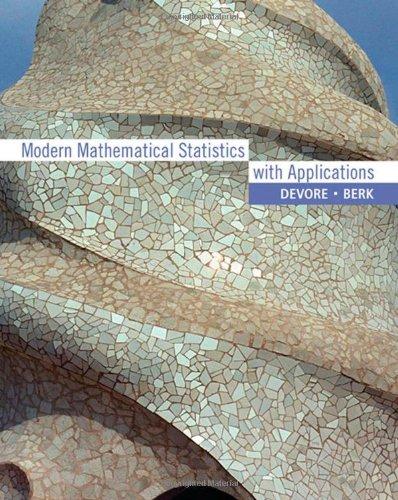5. Many universities and colleges have instituted supplemental instruction (SI) programs, in which a student facilitator meets
Question:
5. Many universities and colleges have instituted supplemental instruction (SI) programs, in which a student facilitator meets regularly with a small group of students enrolled in the course to promote discussion of course material and enhance subject mastery. Suppose that students in a large statistics course (what else?) are randomly divided into a control group that will not participate in SI and a treatment group that will participate.At the end of the term, each student s total score in the course is determined.
a. Are the scores from the SI group a sample from an existing population? If so, what is it? If not, what is the relevant conceptual population?
b. What do you think is the advantage of randomly dividing the students into the two groups rather than letting each student choose which group to join?
c. Whydidn t the investigators put all students in the treatment group? Note: The article Supplemental Instruction: An Effective Component of Student Affairs Programming (J. College Student Dev, 1997: 577—586) discusses the analysis of data from several SI programs.
Step by Step Answer:

Modern Mathematical Statistics With Applications
ISBN: 9780534404734
1st Edition
Authors: Jay L Devore






